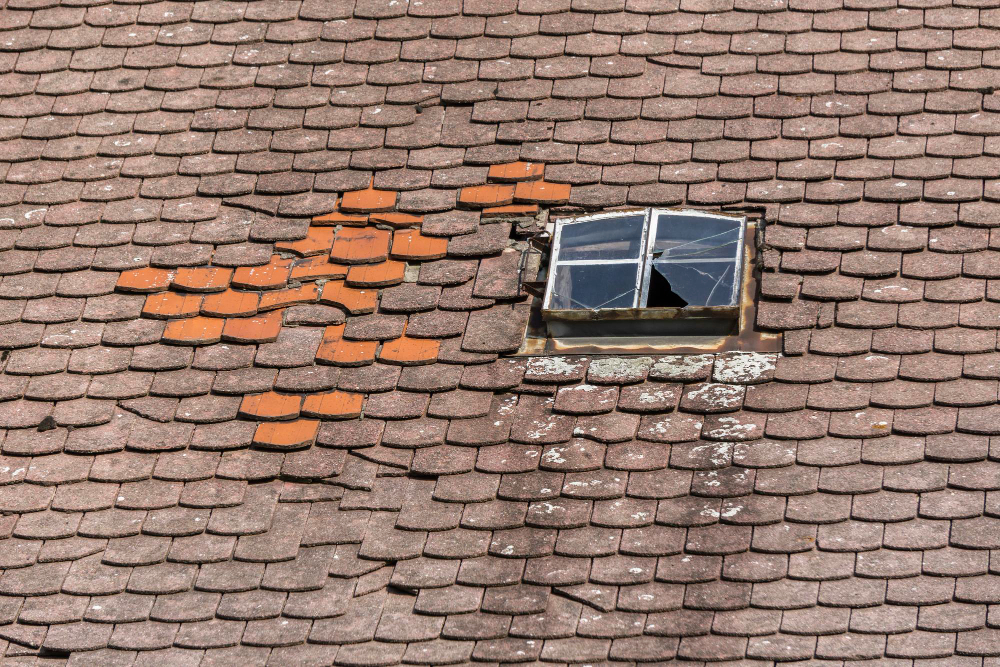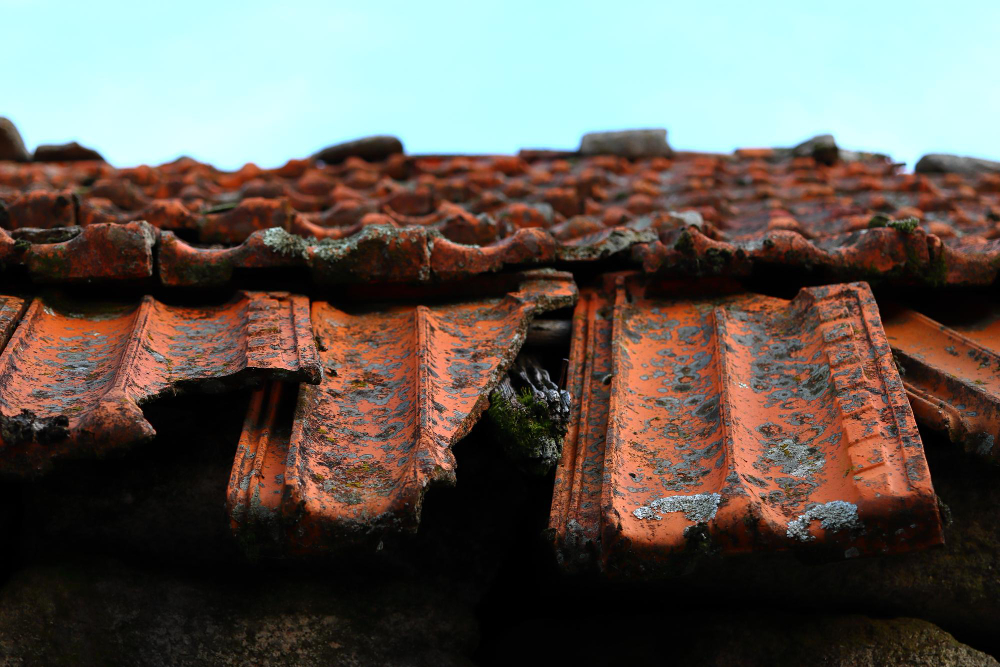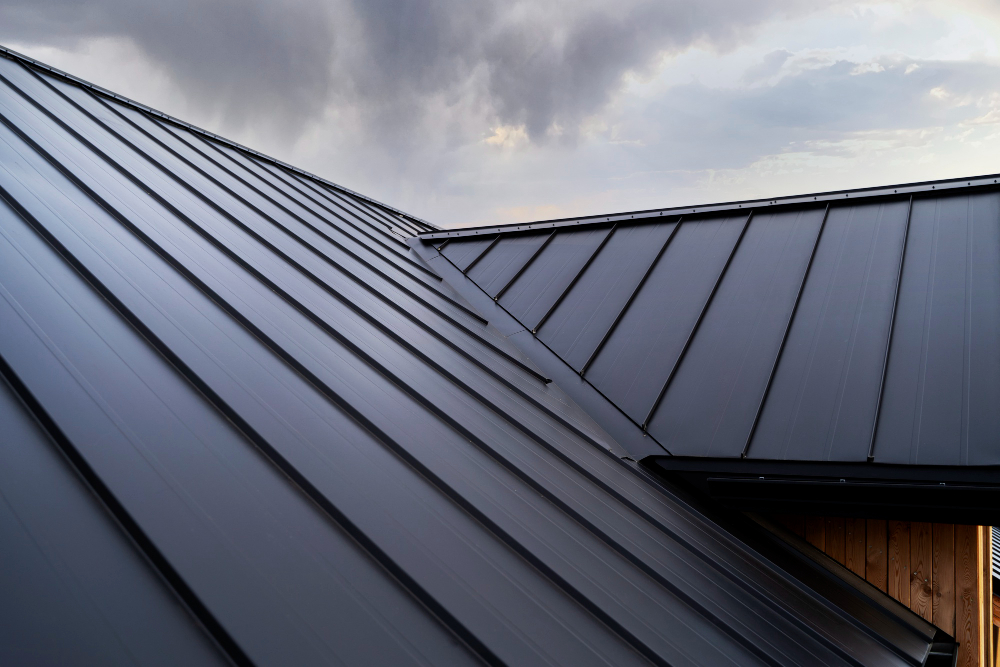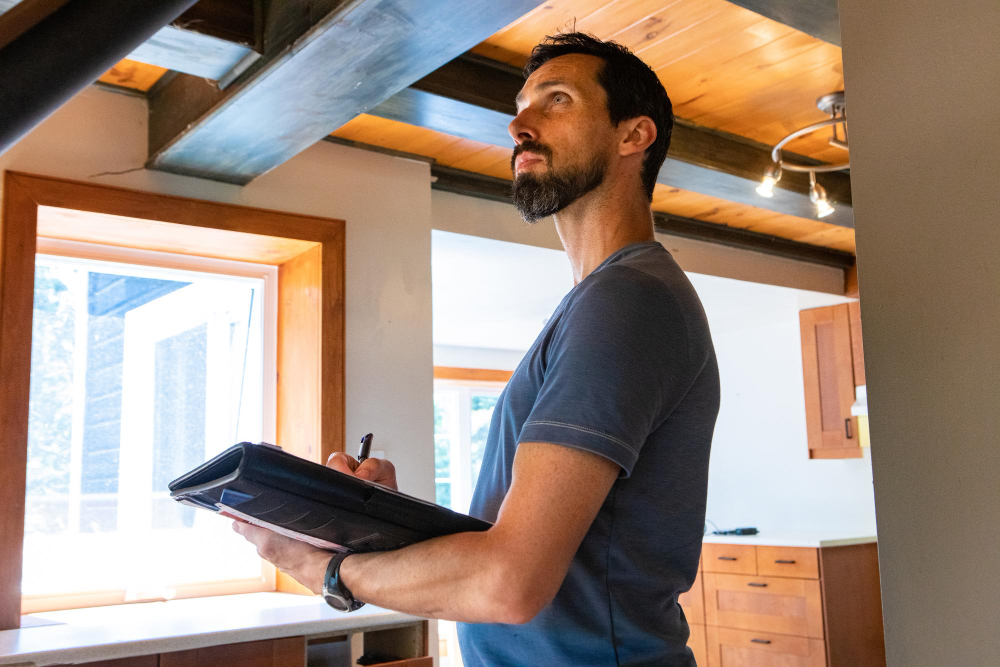
Insurance Won't Pay For Roof Damage? Here's What To Do
According to the ABI, 2023 witnessed the worst record for weather damage claims. This coincides with the recent rise in claim rejections as more and more insurers find ways not to pay out.
Roof damage is one of the most common issues. While most policies cover sudden structural problems like storm damage or falling trees, many claims are rejected due to poor maintenance, gradual deterioration, or unclear policy wording. With repairs often costing thousands, knowing exactly what your insurance includes is essential.
For high-value homeowners, choosing a policy that reflects how your property is maintained and used. rivr’s combined home insurance includes tailored buildings cover, a fast, online claims process, and (if your home becomes uninhoabitable) up to three years’ alternative accommodation.
In this guide, we break down what roof damage is usually covered, why claims get rejected, and what you can do if yours is declined.
What does home insurance cover for roof damage?
UK buildings insurance typically protects the structure of your property, including the roof, walls, and floors. When it comes to roof damage, the key difference is between sudden, unexpected disasters and gradual issues.
Most insurers expect you to keep a well maintained roof. If there are obvious signs of neglect, missing tiles, moss build-up, or leaks, you’re likely to face challenges when making a home insurance claim.
How much do roof repairs cost?
Sources: Checkatrade, MyJobQuote, Roofing Association UK, RBG Ltd
Common reasons insurance won’t pay for roof damage

If your claim is rejected, it’s usually because the insurer believes the damage could have been avoided or it falls outside the scope of your policy. Here are the most common reasons:
1. Gradual deterioration
Roofs don’t last forever. Over time, tiles slip, flashing corrodes, and roof timbers can rot. This slow decline is known as wear and tear and is not covered by standard policies.
Insurance is designed for sudden and unexpected disasters (like a storm), not the natural ageing of your property.
2. Poor upkeep
Insurers expect you to take reasonable care of your home. If you haven’t replaced missing tiles, cleared blocked gutters, or fixed a leaking roof when you first spotted it, they may say you failed to maintain the roof.
A poorly maintained roof is seen as a preventable problem, which makes it difficult to justify an insurance claim.
3. Pre-existing issues
Any roof damage that was there before your policy started, or that you failed to declare when you took out your policy, is unlikely to be covered.
For example, if you knew there were damaged tiles or a sagging roof structure when you bought the property, the insurer will not pay for roof repairs.
4. Missed policy conditions
Many insurance providers have conditions you must follow, especially for properties with specialist features like flat roofs or thatched roofs. Some require professional inspections every few years, particularly for older properties.
If you haven’t met these conditions, or you can’t provide the requested inspection records, your claim may be rejected.
5. Damage not caused by an insured event
Insurers only pay for damage caused by something your policy lists as a covered event, such as fire, storm, or a falling tree. If the cause is unclear or the insurer decides it was due to neglect, design flaws, or long-term deterioration, they may refuse to pay.
Types of roof damage typically covered

While every policy is different, most standard buildings insurance policies will cover roof repairs when a specific, sudden event causes the damage. Here’s what’s usually included:
1. Storm damage
High winds, heavy rain, snow, or hail can easily damage roofs. Storms can blow off roof tiles, break ridge tiles, or lift entire sections of a flat roof. Insurers often define a storm using specific thresholds, such as gusts over 55 mph, rainfall exceeding 25 mm in one hour, or hail that damages hard surfaces. Providing local weather reports can support your claim.
This is one of the most common weather related claims, and insurers typically cover it as long as your roof was in good condition before the storm.
2. Fire or explosion
If your roof is damaged or destroyed in a fire, your insurer will usually pay for the repair or even a full roof replacement if necessary. This also applies to explosions, which can cause extensive structural damage.
3. Falling objects (including trees)
A tree or large branch falling onto your home can crush tiles and even break through the roof structure. Insurers normally cover roof damage caused by falling trees, as well as objects like chimney pots or debris dislodged in storms.
4. Vandalism or malicious damage
If someone deliberately damages your roof, such as breaking tiles or damaging roof timbers, this is generally covered. You may need a police crime number as evidence for your insurance claim.
5. Accidental damage (if you have this cover)
Some policies include optional accidental damage. This can cover things like accidentally putting your foot through the ceiling during DIY work or dropping heavy equipment on a flat roof. Check your policy documents, as not all plans include this level of insurance coverage.
What’s often excluded
Not all roof problems are covered. Many policies exclude:
- Gradual deterioration (wear and tear)
- Poor maintenance or neglect
- Design flaws or faulty construction work
- Roofs made from specialist materials (e.g. thatched roofs), unless you have a tailored policy
- Older flat roofs beyond a certain age
Because the repair cost can be high, it’s important to know in advance what’s included. If you’re unsure, speak to your insurer or broker before you ever need to make a claim.
How to make a successful claim for roof damage

Gather strong evidence
Insurers want clear proof. Before starting any urgent repairs, take:
- Photos and videos of the damaged roof and affected areas inside your home
- Inspection reports from a professional roofer (if available)
- Maintenance logs showing you’ve kept the roof in good condition
Follow the claims process
.png)
- Contact your insurer as soon as you notice a leaking roof or missing tiles.
- Arrange emergency repairs to prevent leaks from worsening (keep receipts for reimbursement).
- Submit photos, inspection reports, and policy documents to your insurer.
- MThe insurance company may send a loss adjuster to inspect the damage and confirm the cause.
Submitting a detailed insurance claim quickly improves the likelihood that your insurer will cover roof damage caused by storms or other unexpected disasters.
What to do if your claim is rejected
Understand the reason
If your insurance company won’t pay for roof damage, ask for a written explanation. The main reasons usually include:
- The roof wasn’t maintained
- Damage was pre-existing or gradual
- Conditions of your home insurance policy weren’t met
Gather more evidence
- Obtain a second opinion from a professional roofer
- Provide additional inspection reports
- Show receipts for recent urgent repairs or regular inspections
Appeal the decision
- Write a formal appeal to your insurer
- Escalate the issue to the Financial Ombudsman Service if you’re unsatisfied with the response.
- Seek independent advice from consumer bodies if needed
Many roofing companies can also provide reports or statements that help strengthen your appeal.
Insurers must justify any rejection with clear evidence. The Ombudsman expects insurers to provide inspection reports, photographs, or expert assessments. Claims cannot be denied based on assumptions or limited checks.
Checklist: How to keep your roof insured
For empty homes, you may need specialist unoccupied building insurance.
Setting aside a small fund for minor roof repairs ensures you’re prepared for the occasional rainy day when issues arise.
Case studies
- Claim paid: A homeowner with a well-maintained roof lost several roof tiles during a major storm. Because they had regular inspection reports and acted quickly, the insurer approved full coverage for the roof repairs.
- Claim denied: A property owner ignored minor leaks and broken tiles for months. When a tree fell and caused structural damage, the insurer rejected the roof claim, citing neglect and pre-existing damage.
These examples show how several factors such as maintenance history, evidence, and swift reporting, impact the success of a claim.
Conclusion
Roof damage is stressful, but knowing what’s covered and acting quickly makes a difference. Insurance usually pays for sudden damage, not long-term wear. Keep your roof in good condition, record inspections, and handle issues promptly to strengthen any future claim.
rivr: High-value homes insurance that puts you first

We provide tailored buildings and contents cover for high-value homes. This includes protection against storm damage to your roof, cover for valuable possessions worldwide, and up to 36 months of alternative accommodation if your home becomes uninhabitable. With clear terms and fast digital claims support, you will always know what is included and what is not.
Contact our team and protect your home, roof, and lifestyle with confidence.
Read more
Frequently asked questions
Only in extreme cases where repairs aren’t possible, for example, after a major storm or fire. If the damage is due to wear and tear or age, it wouldn’t be covered. Internal damage (like ceilings or carpets) may still be covered under your contents section if caused by an insured event.
Only if the leak was caused suddenly by an insured event, such as a storm. Leaks from old age, lack of maintenance, or gradual deterioration aren’t usually covered.
- Photos of the damaged roof and surrounding areas
- Proof of regular maintenance
- Inspection reports from a professional roofer
- Details about the incident (e.g. date, weather conditions)
Our team supports you through the claims process, helping you submit the right evidence and avoid unnecessary delays.
Contact your insurer immediately and provide as much detail as possible about the leak and its cause. Take photos, gather any relevant weather reports, and keep records of previous maintenance. If your flat roof is covered by your policy, your insurer will guide you through the next steps. Specialist insurance may be required for flat roofs.
Your landlord is responsible for the building, including the roof. Their insurance won’t cover your belongings, that’s what your contents insurance is for. If a leak damages your possessions, you can claim under your own policy.
Yes, if the damage is sudden and accidental, for example, from the weight of snow or ice. Gradual deterioration or damage from lack of maintenance isn’t covered. Rivr’s buildings cover includes storm and weather-related events, subject to policy terms and exclusions.
Yes, if the damage was caused by a sudden and severe autumn storm, most UK home insurance policies will cover both the roof and any resulting internal damage. This includes events like high winds, heavy rain, or falling debris.
With rivr, storm and severe weather cover is included as standard. Your roof is protected against sudden storm damage, provided the storm meets policy conditions and your property has been properly maintained. However, leaks caused by wear and tear, ageing materials, or poor maintenance are not covered.
Always check your policy wording and document the storm event and damage thoroughly before making a claim.
Photos of the damaged roof and surrounding areas, Proof of regular maintenance, Inspection reports from a professional roofer, Details about the incident (e.g. date, weather conditions). Our team supports you through the claims process, helping you submit the right evidence and avoid unnecessary delays.





